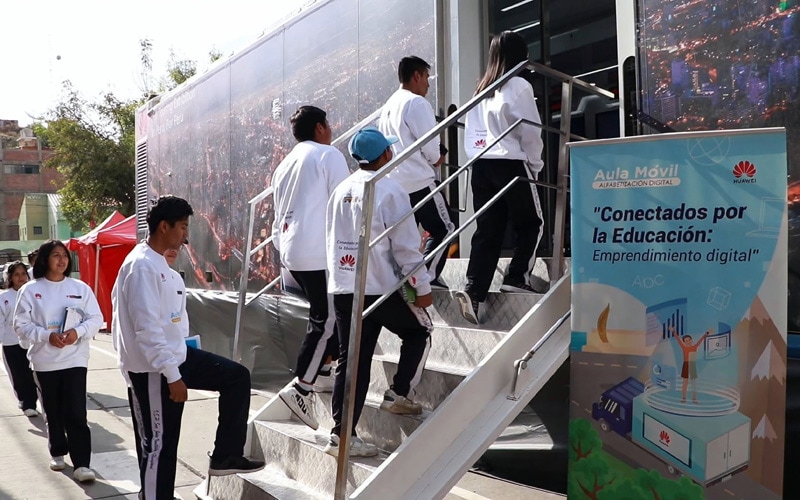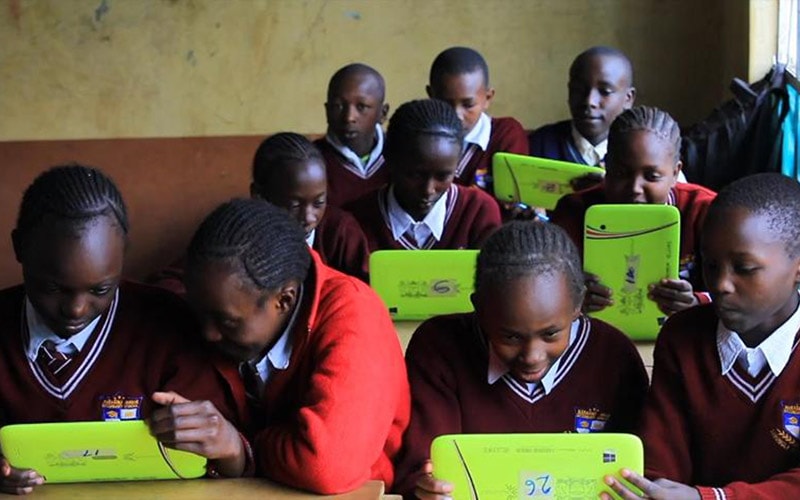Bridging the Education Gap in Bangladesh
School Shutdowns Due to Pandemic Widen Education Gap
Enshrined in the UN's Sustainable Development Goals, education is the seed from which society grows. But COVID-19 has disrupted education across the world, with some estimates reporting that up to 1 billion children have had their schooling interrupted in some way since the pandemic started.
More than 100 countries have been forced to completely shut down their education systems to help slow the spread of the virus, including Bangladesh. With a relative lack of access to digital technology compounding the effects of the shutdown, the nation is facing enormous challenges.
Technology Brings Education into the Home
Huawei has been operating in Bangladesh for more than 20 years. As part of our long-term commitment to the country, Huawei teamed up with local company Bijoy Digital to create a two-year education program. The aim? To ensure that Bangladeshi children can continue learning from home during the pandemic.
Huawei has provided tablets preloaded with Bijoy Digital education apps. With animated graphics, the apps are designed to be fun to keep students interested and engaged. The tablets come with built-in access to the Internet, meaning that children can study in the comfort and safety of their own homes.
The program was launched in close partnership with UNESCO in July 2020, starting with T&T Boys High School in Dhaka. In just a few short weeks, the initiative has had a positive impact on students, parents, and teachers.
For students, it means a welcome return to education in a safe environment. For parents and caregivers, the program provides reassurance that their children will continue to make progress toward their educational goals. And teachers have seen the benefits too. With their own tablets, they're able to offer remote help and ensure that children stay on track with learning.
With more than a million children affected by the school closures in Bangladesh, Huawei's program demonstrates how technology can reduce the growing gap in education caused by the pandemic. The initiative will be rolling out to more schools in the near future to cover around 2,000 students.










